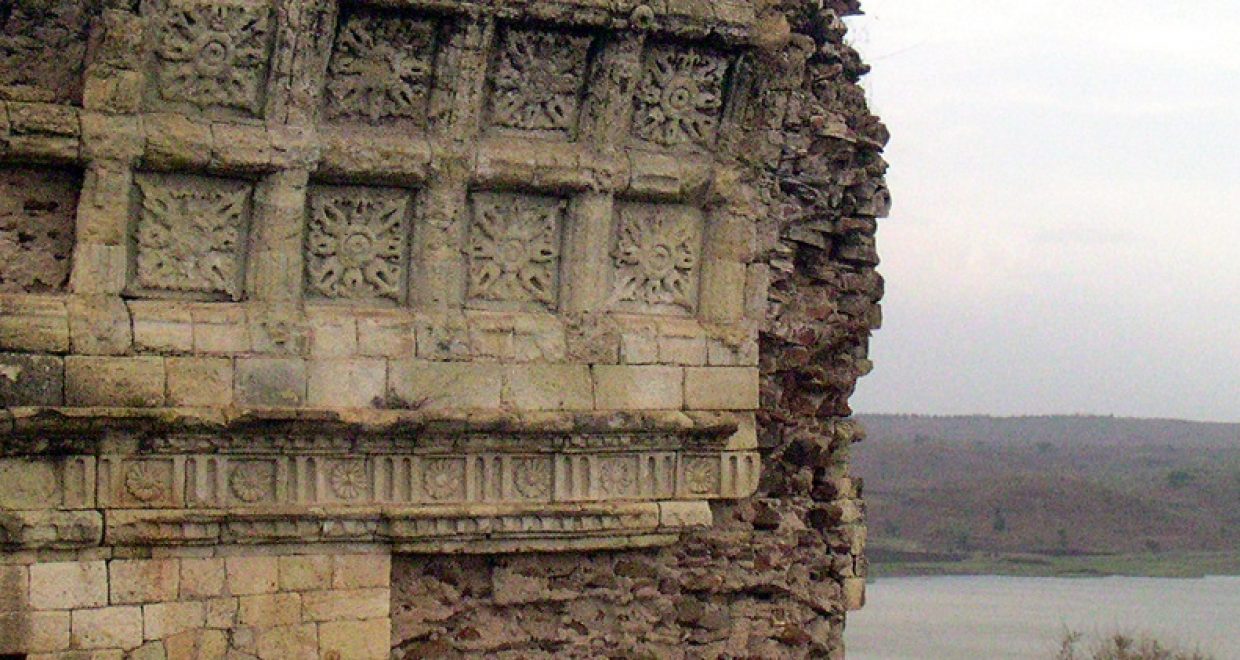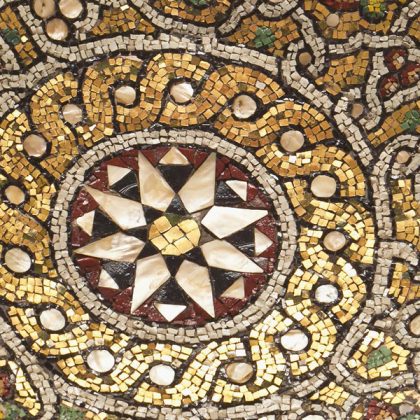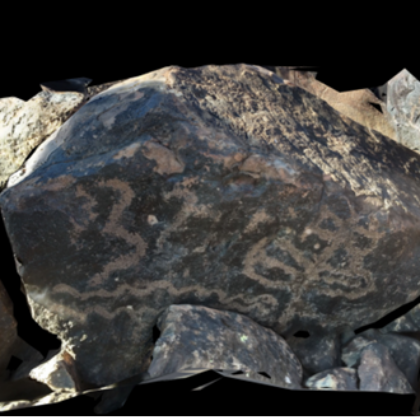Medieval Ethiopia, ‘Antiquity’, and African Archaeology
The opportunity to showcase some of the exciting archaeological research currently underway on medieval Ethiopia in a journal as widely read as Antiquity is important. This special section opens up to a wider audience material usually only published in specialist, region-specific journals. Sites such as the rock-hewn churches at Lalibela or the monastery at Debre Damo, perched on its inaccessible mountain top, are justifiably famous but they represent a fraction of what exists.
The five papers in this special section feature much more, addressing Islamic, Christian, and Indigenous African religious traditions, which, along with Judaism, all thrived in medieval Ethiopia. The archaeological record, and the more limited historical sources, point to the cosmopolitanism of these societies and how they engaged with each other through cultural, commercial, social, and religious interaction.
Looking to the future, it is apparent that there is an under-representation of Ethiopian expertise in medieval archaeology. For varied reasons, the interest and attention of Ethiopian archaeologists has been focused elsewhere, in Hominin and prehistoric research, for example. Thus, although the authors of this collection largely reflect a European research base, they are all actively partnering with Ethiopian institutions and individual scholars. Such collaboration aims to further develop Indigenous capacity and interest in medieval archaeology, and to facilitate research based on local requirements rather than externally imposed ones.
The reception from Antiquity for our special section has been especially gratifying, and it is hoped that other scholars investigating diverse aspects of the African past, and particularly African scholars who have been less well represented in Antiquity, are encouraged to publish in the journal. Compared even to a decade ago, African archaeology within and outside the continent is now a vibrant and fast-growing area of research, teaching, and practice. This reflects not only wider change in the discipline but also speaks to forecasts of Africa as a region of significant population growth over the next century. In Ethiopia alone, population has grown from an estimated 12 million in 1900 to 39.5 million in 1984, and 102.4 million in 2017 (web ref 1). More generally, a recent study in The Lancet predicts that the population of sub-Saharan Africa will grow from 13 per cent of the global total in 2017 to 35 per cent by 2100 (web ref. 2 – Kruk, Ataguba and Akweongo 2020: 1132).
African archaeology matters and publishing in a journal such as Antiquity offers a means to further grow awareness and interest in what is, from this writer’s possibly biased point of view, the world’s most archaeologically exciting continent.
Useful links: Web Ref. 1. , Web Ref. 2.
Figure Caption. Church roof vault at Gorgora Nova, since collapsed (photograph by A. González-Ruibal).






Thanks